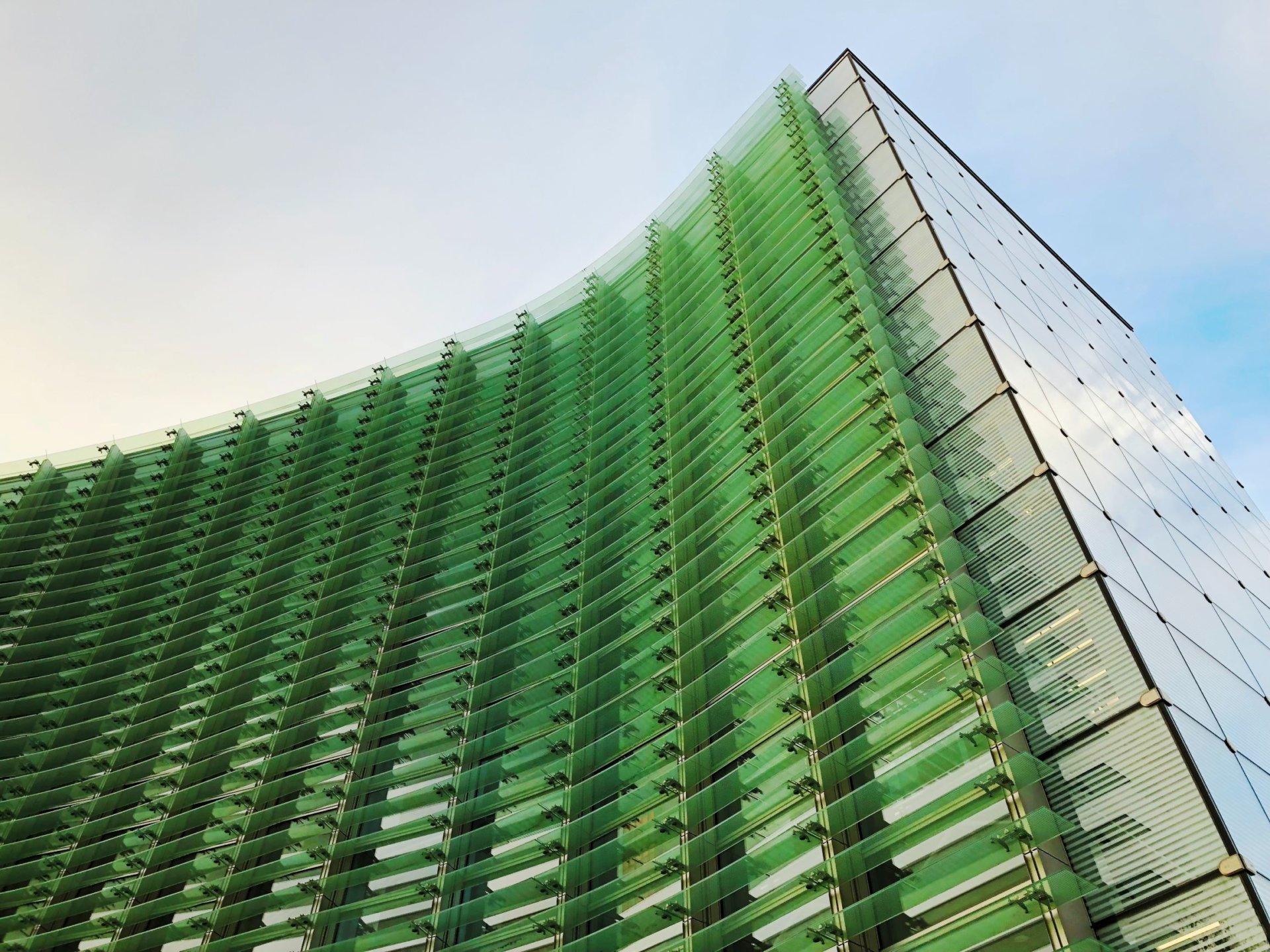E3G, together with a group of leaders from UK organisations representing business, investors, trade unions, academia, and civil society, wrote to the UK Chancellor of the Exchequer in February 2021 in relation to the design of the new UK National Infrastructure Bank.
This letter, together with a supporting briefing, identified four design objectives which will be of key importance to the success of this institution, relating to: governance, capitalisation, mission-driven mandate and a future-fit definition of infrastructure.
Key points:
The UK is facing an unprecedented challenge as a result of the economic crisis created by the COVID-19 pandemic. Levelling Up to reduce economic inequalities within the UK and meeting the UK’s climate commitment of net-zero by 2050, will be the foundation for building back better. Green economic infrastructure and green jobs are an essential piece of the recovery puzzle.
In light of this context, the Chancellor made an announcement in the 2020 Spending Review of the creation of a new National Infrastructure Bank which would “support the government’s ambitions on levelling up and net zero”. However, details on mandate and scope are yet to be released.
The new National Infrastructure Bank will play a critical role in unlocking private capital for the creation of future-fit and resilient infrastructure across the whole of the UK, meeting local investment needs and driving a productive, sustainable, and inclusive green recovery.
To do this, the institution must be designed carefully and established with a clear mission. The Bank’s primary objective must be to genuinely address market failures and, in doing so, act as a de-risking vehicle to ‘crowd in’ private capital. This will be necessary to help scale the technologies, skills and institutions needed for a net-zero future.
Moreover, if the National Infrastructure Bank is to have a long-term impact, the government must learn the lessons from the UK’s privatization of the Green Investment Bank and put in place an explicit commitment from Government as to its longevity and independence. This will help ensure that its institutional focus is long-term and that decision making, internal incentives and external buy-in are supportive of its mission and goals.
This paper’s recommendations for the Design of the National Infrastructure Bank centre around the following four design objectives that should guide the design phase of the new bank:
- Governance: The Bank should be an independent institution with full banking powers and borrowing powers, led by an experienced public banker, and governed by a multi-skilled board that is representative both of the whole UK and of the wide range of sectors and disciplines with which the bank will interact.
- Capitalisation. The institution’s capitalisation level should be appropriate to its mission and functions; appropriate levels of capitalisation and risk tolerance will provide vital signals to the market about both the Bank’s long-term credibility and impact and the enabling policy environment in which it operates. The institution should be able to access capital markets for both debt and equity. The nature of the Bank’s capitalisation should include opportunities for citizens to participate and invest in their future.
- Mission-driven mandate: The Bank should be a mission-driven institution, with a legal mandate to achieve the levelling up agenda and the UK’s climate change mitigation and resilience goals as the key driver for supporting recovery, fairness and a just transition.
- A future-fit definition of infrastructure: The Bank should aim to crowd-in private capital to future-fit investments which are not yet suitable for wide-scale private investment. A broad investment scope is needed for the Bank to fund a wide variety of projects, in terms of locality, size, and their stage in the pipeline.
For links to E3G’s other work on green public bank design, please see here.


